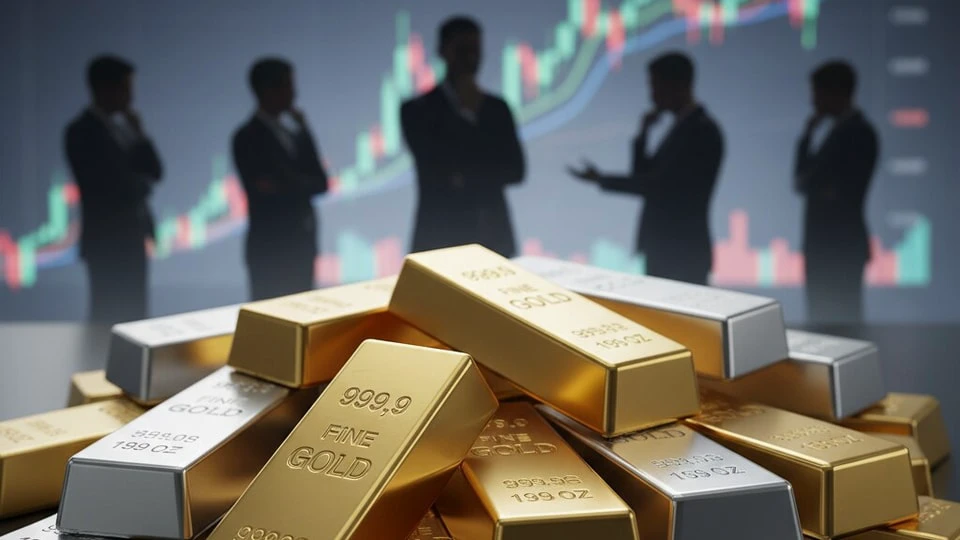Gold prices have seen stellar gains this year, driven by a combination of domestic as well as global factors. Domestic gold prices have surged by over 54 per cent year-to-date, largely driven by strong retail demand for the safe-haven asset amid concerns over US tariffs and stock market weakness.
Notably, equity benchmark Nifty 50 has risen by just 4.6 per cent this year.
MCX gold and silver for December futures hit their record highs of ₹1,18,444 per 10 grams and ₹1,45,715 per kg, respectively, on October 1.
Why are gold prices rising?
Expectations of US Federal Reserve rate cuts, weakness in the US dollar, sticky inflation in the US, aggressive buying by central banks, and US tariff-led uncertainties are among the major global factors that have contributed to the rise in gold prices.
The US Fed cut rates by 25 basis points in its latest policy meeting in September and signalled further rate cuts in the next policy meetings in October and December.
Rate cuts from the US Fed are positive for gold prices. When the Fed cuts rates, returns from bonds and savings accounts fall. Since the yellow metal doesn’t pay interest or dividends, the opportunity cost of holding gold reduces with rate cuts, making it a more attractive option.
Apart from this, Fed rate cuts weaken the US dollar, and as gold is priced in dollars, the weakness in the US currency makes gold cheaper in other currencies, thereby enhancing its demand.
On the domestic front, investors have lapped up gold amid weak stock market sentiment, driven by uninspiring earnings, foreign capital outflows, and the weakness of the Indian rupee.
Can gold prices rise further?
Experts see the scope of intermittent profit booking, but remain positive about the prospects of gold for the medium to long term.
“Gold and silver may remain on an upward trajectory amid global uncertainty, US Fed rate cut expectations and the dollar’s weakness. Gold and silver may touch the levels of ₹1,20,000 per 10 grams and ₹1,50,000 per kg on the MCX by the end of 2025,” said Anuj Gupta, A SEBI-registered analyst.
According to Renisha Chainani, the head of research at Augmont, the US government shutdown, the looming US tariffs, and expectations of an additional 50 bps Fed rate cut this year are fueling safe-haven demand. Historically, such periods see global investors flock to precious metals, pushing prices higher.
Chainani underscored that silver has been the star performer, gaining 60 per cent year-to-date on industrial demand, coupled with safe-haven buying.
Chainani believes gold could test ₹1,25,000- ₹1,28,000 per 10 grams if geopolitical tensions persist and global liquidity remains abundant. However, a sudden recovery in the US dollar or hawkish Fed surprises could cap gains near ₹1,20,000- ₹1,22,000.
Silver is likely to trend between ₹1,50,000 and ₹1,55,000 per kg, with sharp volatility expected due to its smaller market size and industrial sensitivity. A temporary pullback to ₹1,38,000- ₹1,40,000 could occur if speculative momentum pauses, said Chainani.
“Gold and silver remain attractive as safe-haven assets in 2025. While short-term volatility is likely, the overall trajectory remains bullish. Tactical buying on dips and prudent risk management are advised to navigate the current rally,” said Chainani.
“Current levels are strong, but given the parabolic rise, selective buying on minor corrections could be prudent. Long-term investors may continue accumulating, but short-term traders should watch for retracements and maintain disciplined stop-loss levels,” Chainani said.
